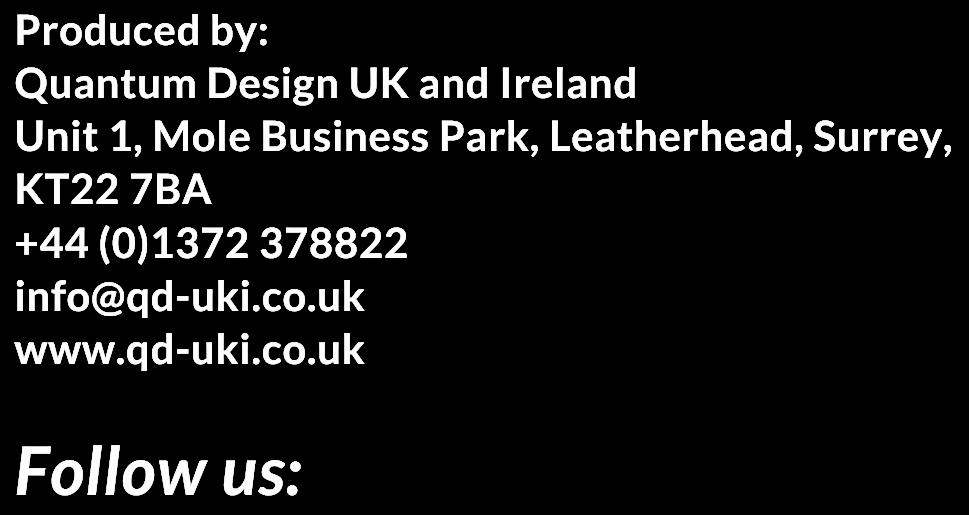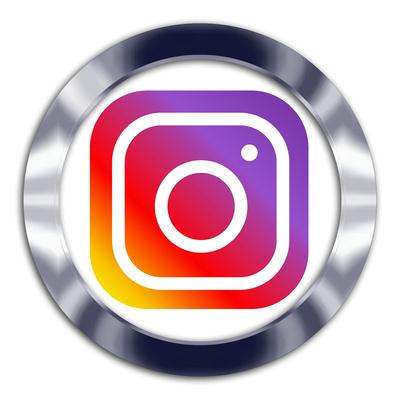


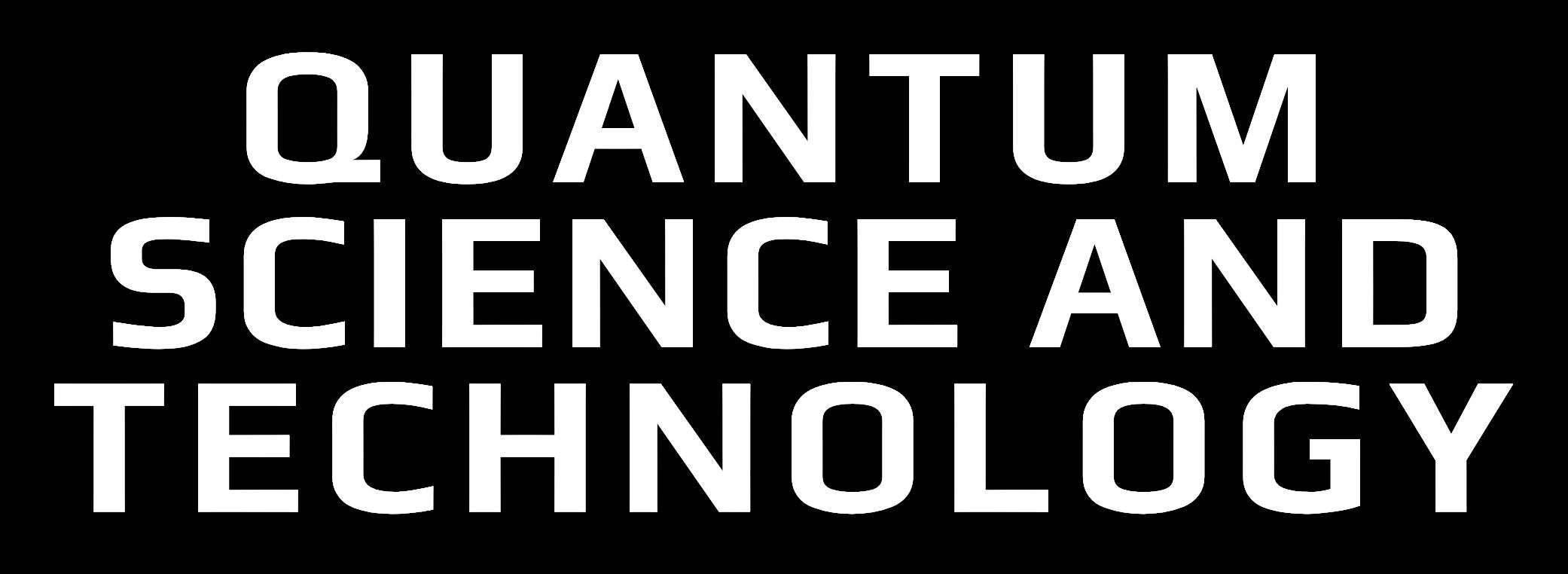

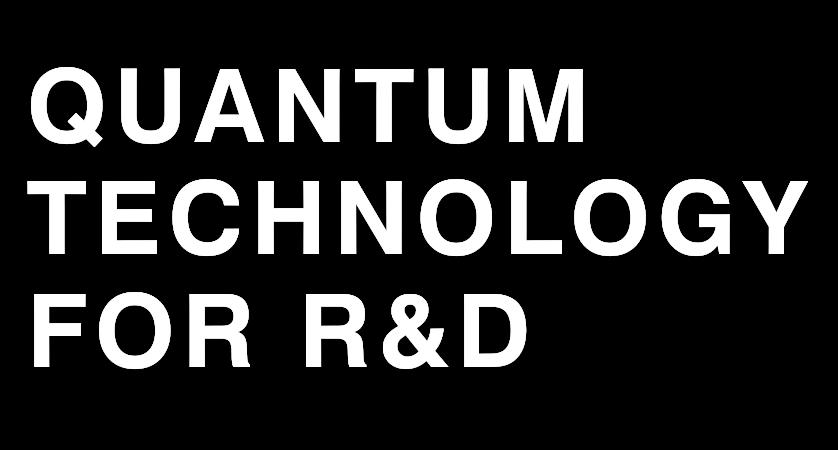

ColourCentres forQuantumInformation Processing
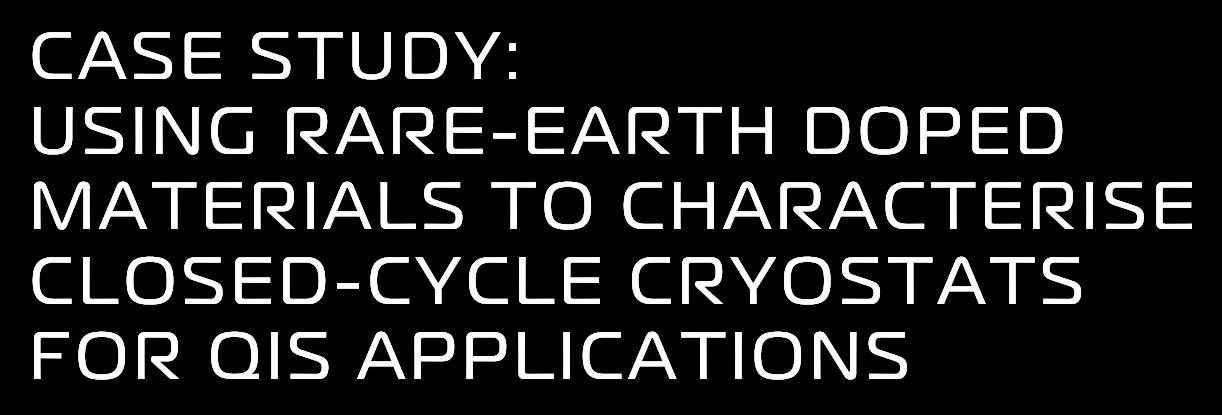

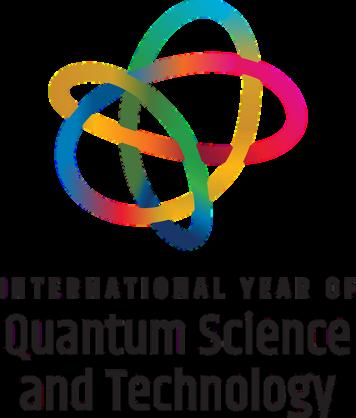
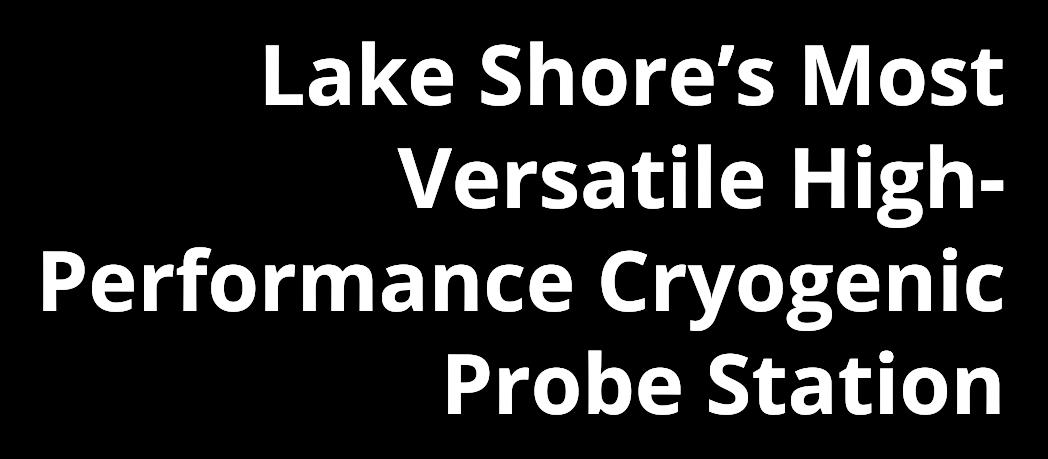
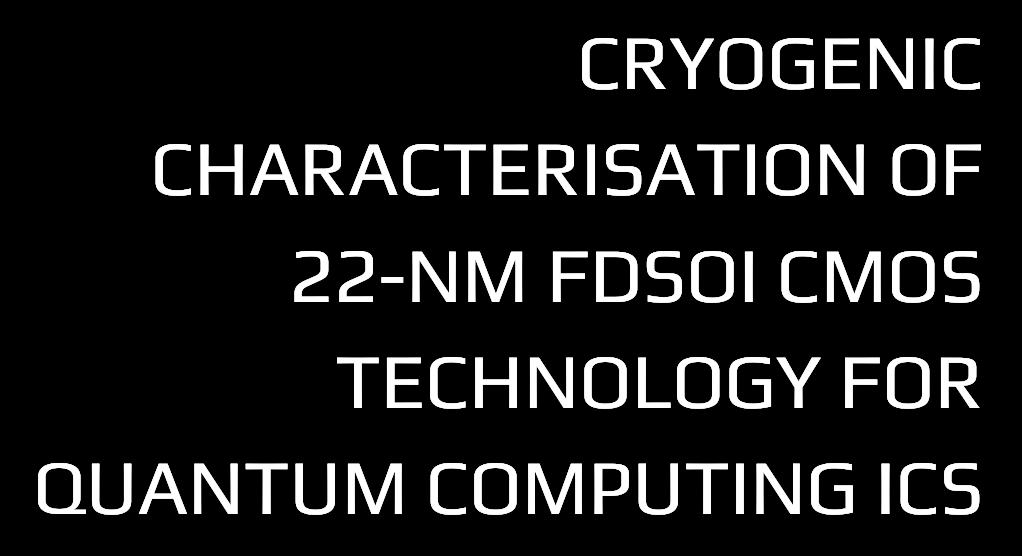









ColourCentres forQuantumInformation Processing






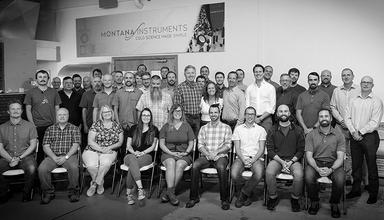
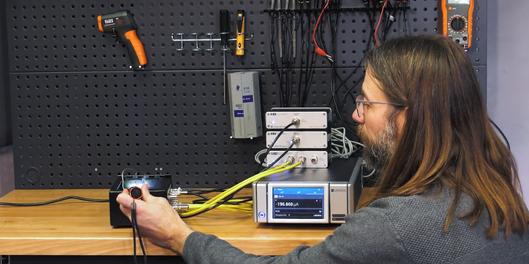
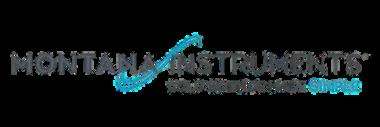
Montana Instruments manufactures highprecision electrical, optical, and cryogenic products for quantum computing, quantum education, quantum networking, and quantum materials research We provide essential cryogenic tools for quantum pioneers.
Montana Instruments is a privately owned company with 38 employees, located in Bozeman, Montana, USA

Supporting advanced scientific research, Lake Shore is a leading global innovator in measurement and control solutions. Leading researchers around the world trust Lake Shore for measurement and control solutions that drive the discovery and development of new materials for tomorrow’s technologies Since 1968 Lake Shore has grown its product solutions to keep pace with evolving interests in scientific exploration, from the physics lab to deep space.
Contact us here at Quantum Design UK and Ireland to discuss your requirements

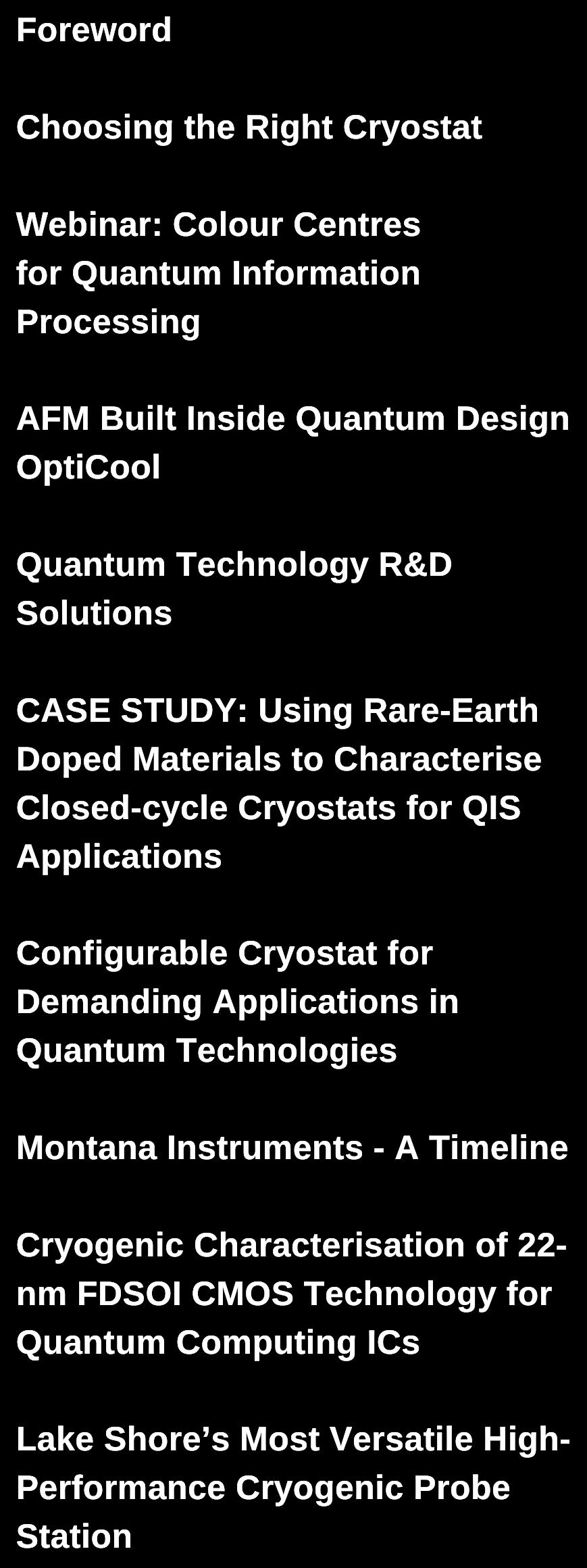
A MAGAZINE FROM QUANTUM DESIGN UK AND IRELAND

How to Choose the Right Cryostat
CASE STUDY: USING RARE-EARTH DOPED MATERIALS TO CHARACTERISE CLOSED-CYCLE CRYOSTATS FOR QIS APPLICATIONS
Configurable cryostat for demanding applications in quantum technologies
QUANTUM TECHNOLOGY R&D SOLUTIONS
Cryogenic Characterisation of 22-nm FDSOI CMOS
Technology for Quantum Computing ICs


In this second edition of Quantum Magazine, we continue our journey into the cutting-edge world of quantum technology. Building on the success of our inaugural issue, we bring you even more in-depth insights into the systems, solutions, and strategic initiatives driving our company’s leadership in the quantum revolution.
Discover new case studies, expert interviews, and the latest advancements in quantum technology. This issue is packed with information on groundbreaking products, realworld applications, and success stories from industries leveraging our innovations
Join us as we explore the rapidly evolving quantum landscape, with a special focus on the UK home to nearly half of all quantum businesses in Europe where commercialisation and industrial advancements are accelerating at an unprecedented pace.
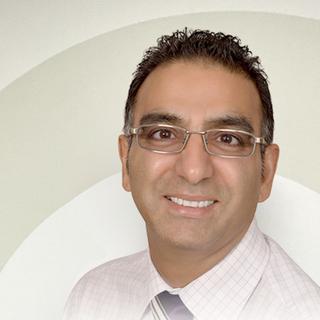
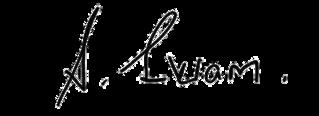
Dr. Shayz Ikram TECHNICAL DIRECTOR QUANTUM DESIGN UK AND IRELAND
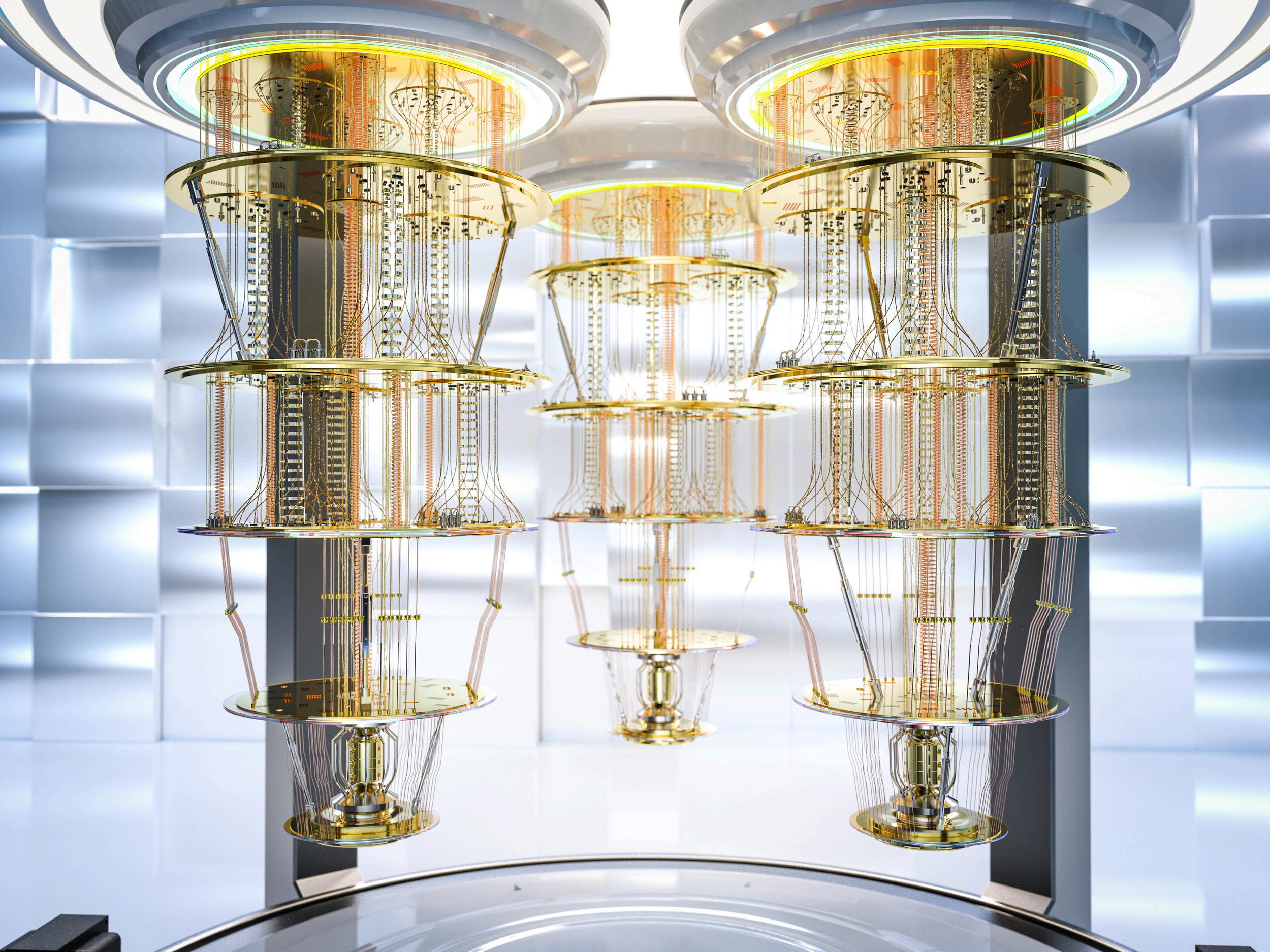



Embarking on the journey to purchase a research cryostat can be a complex and crucial decision for scientists and researchers delving into fields where precise temperature control is paramount A cryostat is an indispensable tool in quantum computing or exploring the mysteries of quantum mechanics
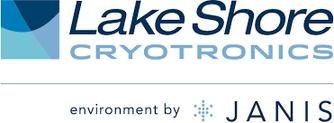
Research cryostats are used in a wide range of scientific fields, each with specific application requirements. The design and functionality of a cryostat can vary greatly depending on these requirements.
QUANTUM COMPUTING AND QUANTUM INFORMATION
APPLICATIONS:
Ultra-low temperatures:
Quantum bits (qubits) often require extremely low temperatures to maintain coherence.
Electromagnetic shielding:
To prevent external electromagnetic interference with delicate quantum states.
Low noise environment:
Minimising vibrations and thermal noise is crucial for accuracy.
How do you know which cryostat is right for you?
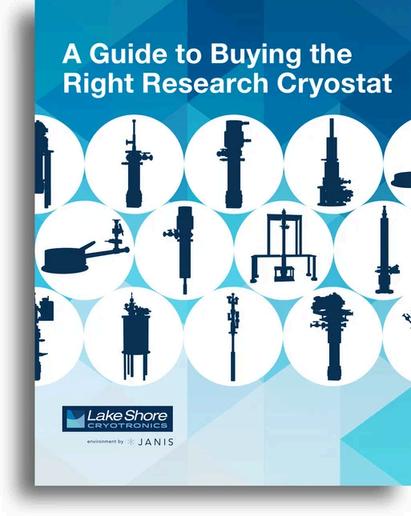
Whether you’re investigating superconductivity, exploring the mysteries of quantum mechanics, or characterising materials, the right cryostat can significantly enhance the accuracy and efficiency of your research. Delve into the intricacies of selecting the perfect cryostat that aligns with your specific scientific needs and budget constraints.
This guide from Lake Shore provides a comprehensive overview of the critical factors to consider when selecting a cryostat, including:
Temperature range and stability
Different cooling mechanisms
Wet vs dry cryostats
Sample in exchange gas vs. vacuum
Sample size and mounting
Electrical feedthroughs
Vibration and noise levels
Specialty applications
Optical access
Budget and operating costs
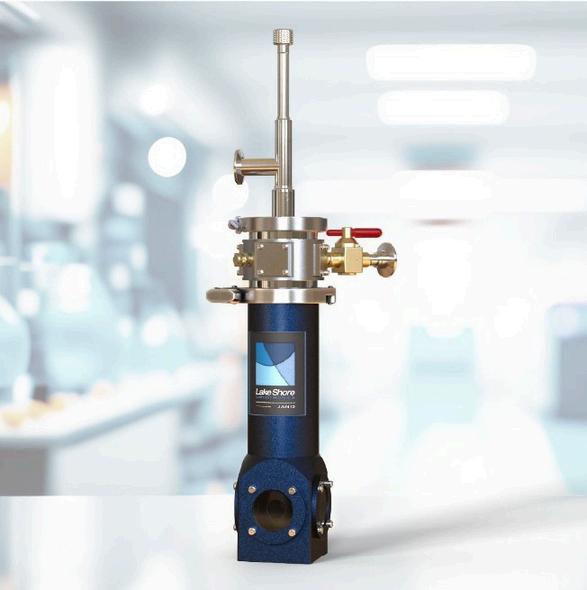

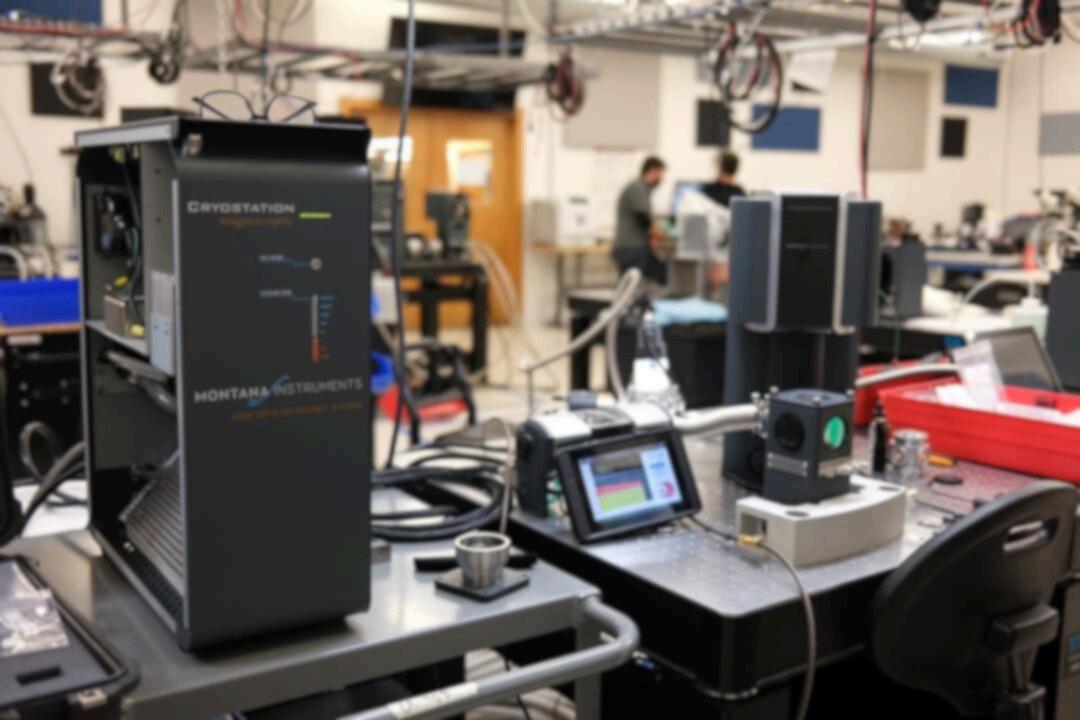
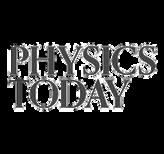
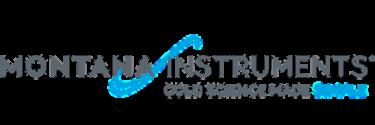
Enhancing zero phonon line emission using a cryogenic environment with high collection efficiency
Characteristics of Silicon and Tin vacancies in diamond
F e a t u r i n g . . .

Benjamin Pingault,
Ph.D. School of Engineering and Applied Sciences
Harvard University
Coupling quantum emitters with defect engineering and strain tuning
Spin properties and coherence times for group IV colour centres

Charles Day, Moderator Editor-in-Chief Physics Today Magazine

Craig Wall, Ph.D. Applications Lab Manager Montana Instruments
Ultrafast & Near-field Infrared Laboratory (UNI- Lab)
Low energy photons for quantum phenomena Mengkun (MK) Liu Group
So, I had my first OptiCool in 2020.” says Mengkun, “That was for me, at that time, a little bit risky because no-one had done a scanning probe in an OptiCool. But we did it in 2021 and we liked it so much that we actually purchased another one in 2022!”
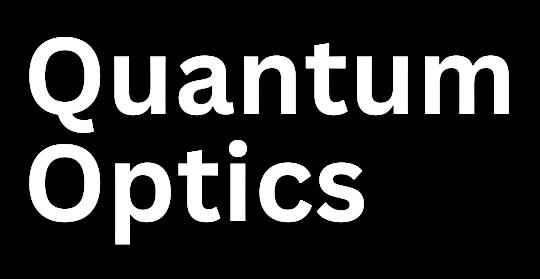
We were looking for a closed-cycle magneto-optical cryostat that is capable of performing atomic force microscopy (AFM) and scanning optical near-field microscopy (s-SNOM) in high magnetic field. OptiCool proved to be the system with the best stability which provides sub-nm vibrations for cyrogenic scanning probe measurements while still offering excessive access to external light. This brings us infinitely new possibilities for our research.”
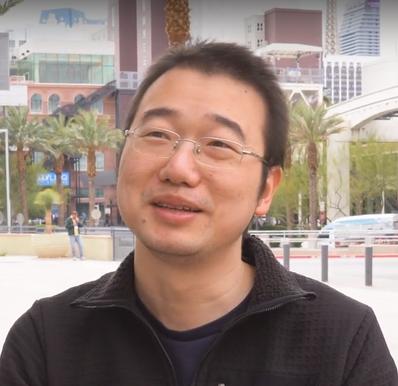
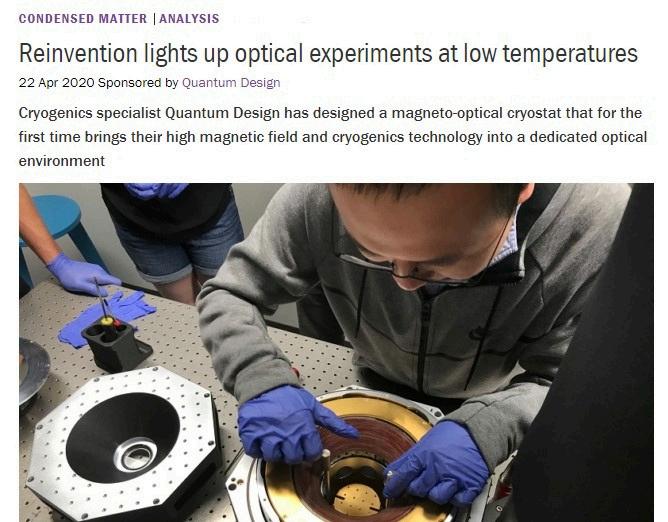
This AFM image was taken inside an OptiCool at 200 K and 6.6 T. The AFM is part of the s-SNOM built by Mengkun Liu and his research group at Stony Brook University, New York. This image demonstrates the low noise and low acceleration environment inside the OptiCool.
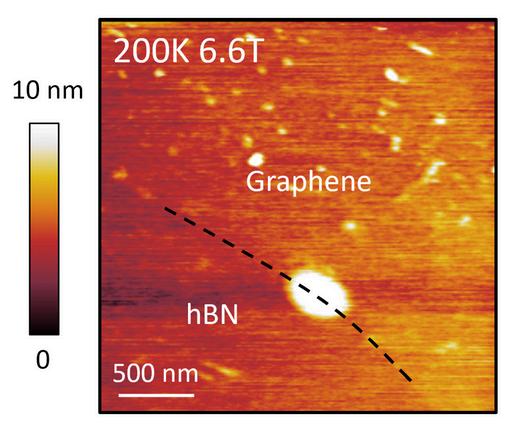
Mengkun explains: “So basically, this is an optical microscope that beat the diffraction limits so we can look at optical properties of materials at nanoscale. We are amazed by the stability at low temperature.”
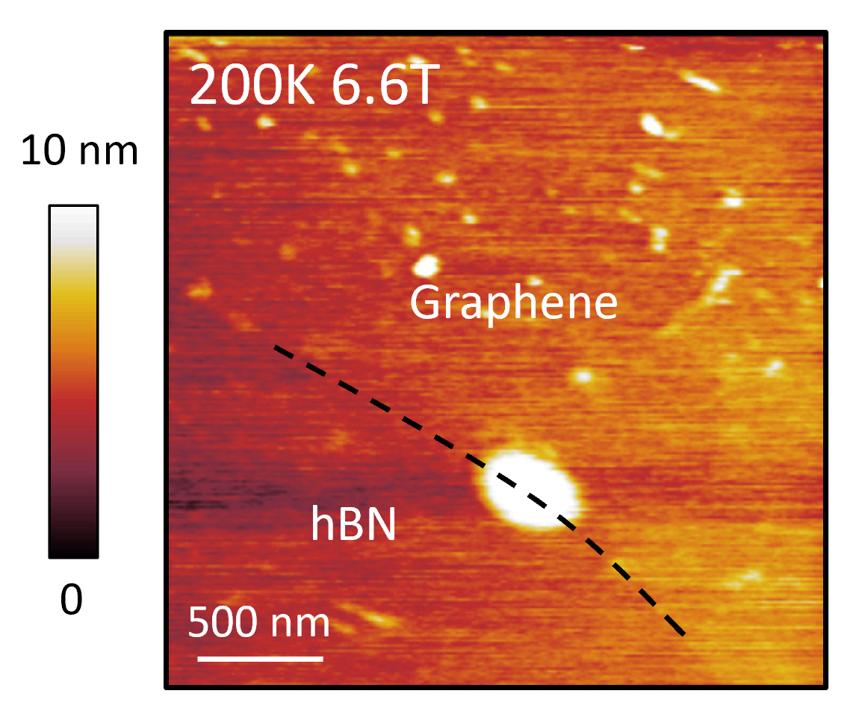
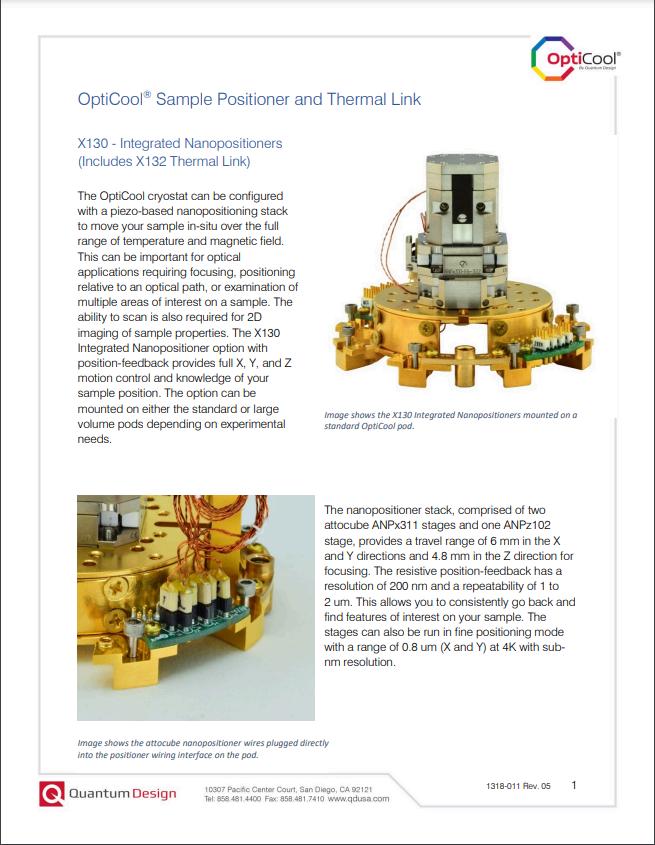
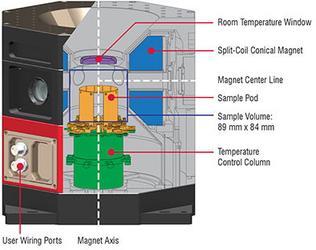
QuantumDesignUKandIrelandbringsyou the latest in space and aerospace flight qualified testing and components. Our suppliers are responsible for supporting the development of iconic inventions such as the James Webb Space Telescope and theMarsPerseveranceRover.
READEDITIONS1&2NOW
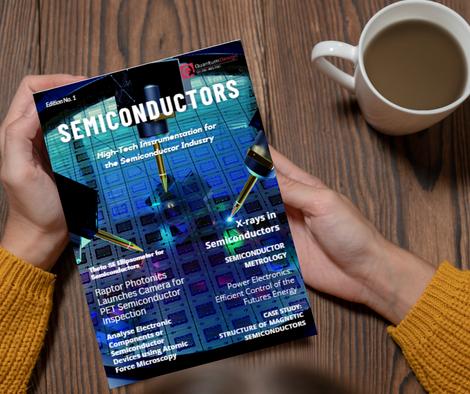
01 03 02
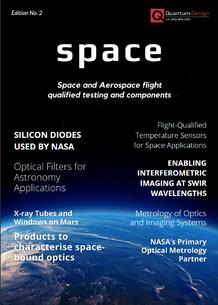

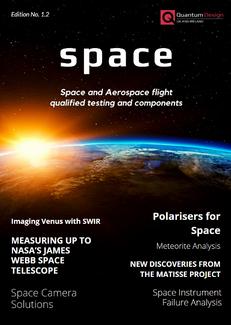
Quantum Design has been a leader in high-tech instrumentation for over 40 years with systems such as the MPMS and VersaLab. As distributor for other market leaders who provide solutions for semiconductors, including J A Woollam, InfraTec, Sigray, 4D Technology and Lake Shore Cryotronics, we can provide our customers with the right solutions for theirsemiconductorapplications
READEDITION1NOW
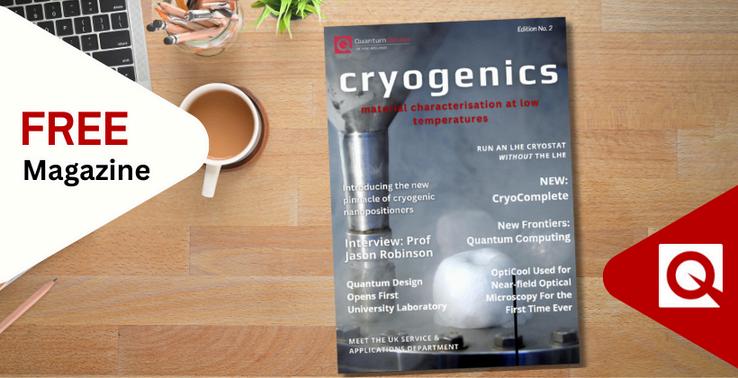
Featuring updates on new products, publications, and white papers related to our offerings. Quantum Design is heavilyinvolvedineducationandinthis edition we explore various global initiativesfromQD.
READEDITION2 NOW

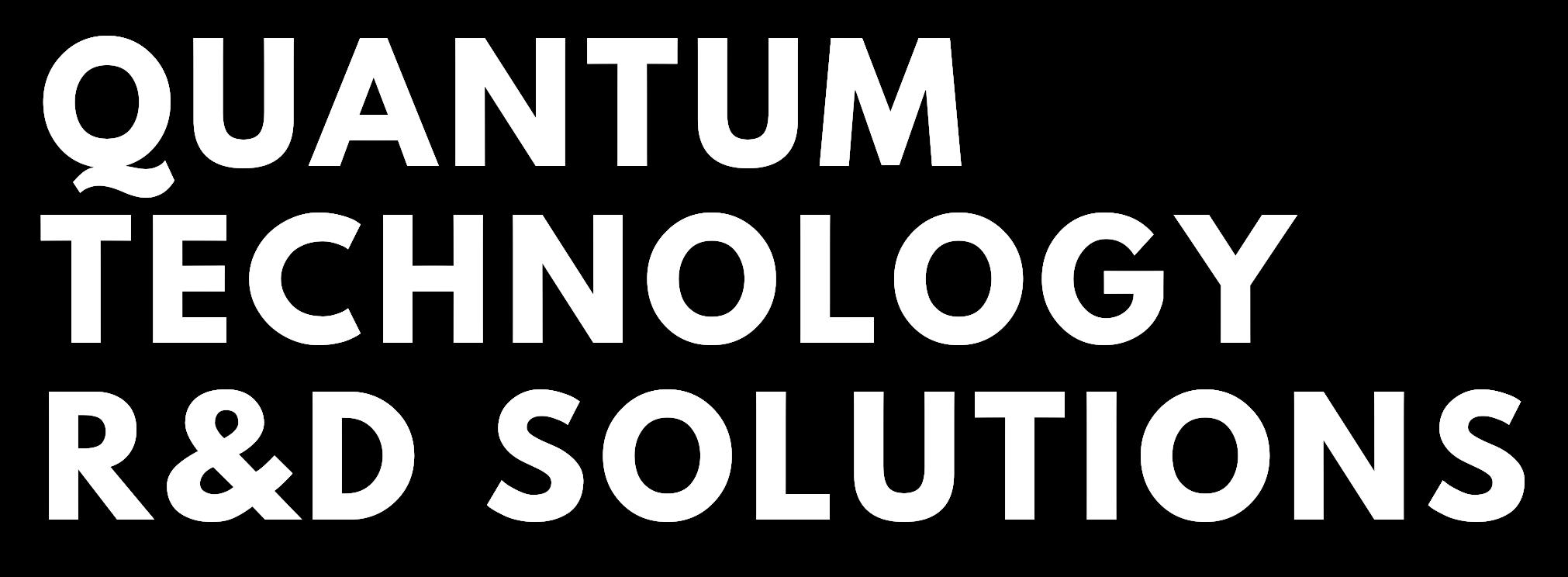

Quantum technologies utilise the principles of quantum mechanics, a core theory in quantum physics that explains the behavior of matter and energy at the atomic and subatomic scale.
By harnessing the distinctive properties of quantum systems, these technologies have given rise to advancements in areas such as computing, communications, sensing, and beyond
Lake Shore Cryotronics has a number of solutions for research and development within the Quantum technologies.
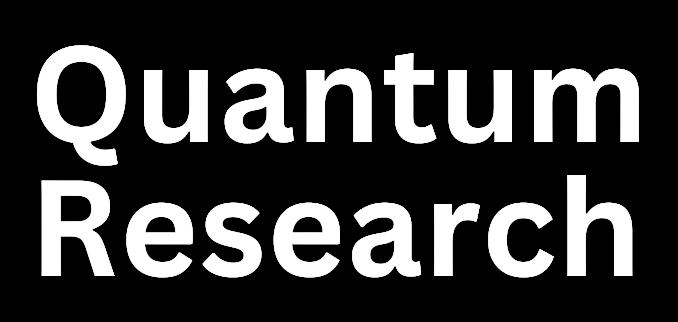
Lake Shore Cryotronics provides a comprehensive suite of advanced solutions designed to support the research, development, and advancement of quantum technologies. With expertise in precision measurement and characterisation, the company offers high-performance tools and systems that enable scientists and engineers to explore the unique properties of quantum systems.
These solutions are tailored to meet the demanding requirements of quantum research, including cryogenic environments, low-noise measurements, and the study of quantum materials, devices, and phenomena. By empowering innovation in areas such as quantum computing, quantum sensing, and quantum communication, Lake Shore Cryotronics plays a vital role in driving the progress of nextgeneration quantum technologies.

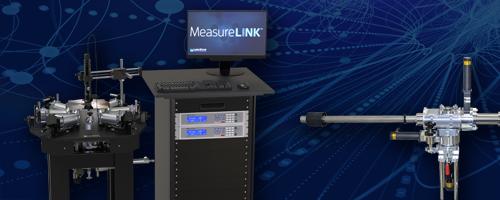
Precisely controlled environments for on-wafer characterisation of device samples as a function of variable temperature and field
Designed for RF, microwave, DC, and electro-optical measurements on up to 6 probe arms
Choice of liquid cryogen-based and cryogen-free stations
Sample temperatures as low as 16 K possible
Magnet-equipped models for fields as high as ±2.5 T
High-temperature (675 K) and highvacuum (10‐7 Torr) options, sample stage rotation, backside optical access, and larger sample sizes
Load-lock and specialised suitcase options available for faster exchange of delicate samples

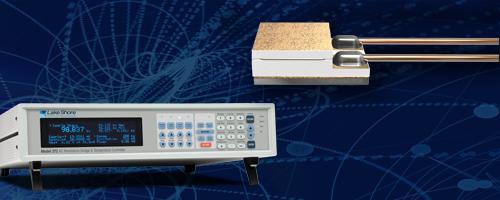
Lake Shore offers complete calibration services from 50 mK to 800 K. Above 0.65 K, Lake Shore calibrations are based on the International Temperature Scale of 1990 (ITS-90). For temperature below 0.65 K, calibrations are based on the Provisional Low Temperature Scale of 2000 (PLT-2000). Find out more about calibrations here.
Selecting the appropriate sensor requires an understanding of different sensor technologies. The Lake Shore Temperature Selection Guide lets you quickly identify the right sensor for your research application.
Ultra-low temperature (ULT) Rox™ ruthenium oxide RTD sensors and industry-leading Cernox® thin-film RTDs
Monitors with up to 12 independent sensor channels
Model 372 AC resistance bridges for precision control of dilution refrigerators that operate at <10 mK
Controllers with up to eight inputs and four independent control outputs
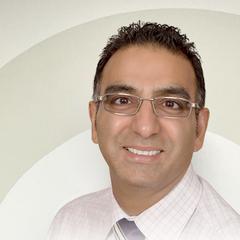
To discuss the Lake Shore Cryostats (environment by Janis), please contact Dr. Shayz Ikram by email or call (01372) 378822.


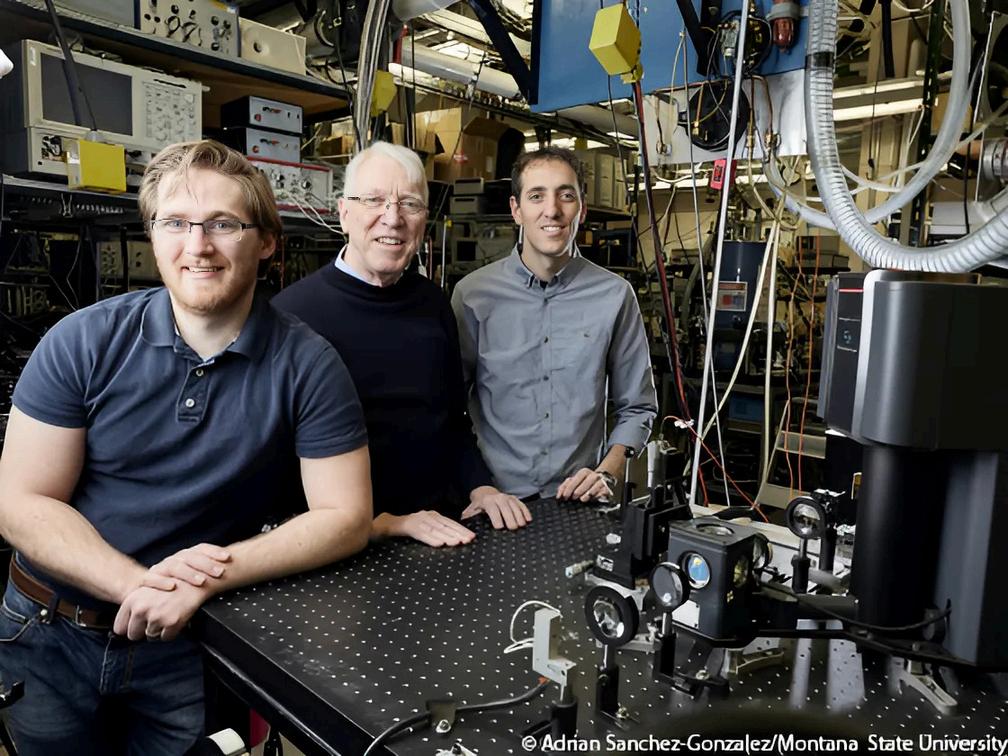
Montana Instruments, along with collaborators in the Department of Physics at Montana State University, are pleased to announce their participation in the Quantum Information Science and Engineering Network (QISE-NET). The program, funded by the National Science Foundation and managed through the Chicago Quantum Exchange, pairs graduate students pursuing careers in quantum science and engineering with partners in industrial and national labs. The goal of the program is to train and develop tomorrow’s workforce of quantum scientists and engineers critical for the US to lead in quantum science and technology.
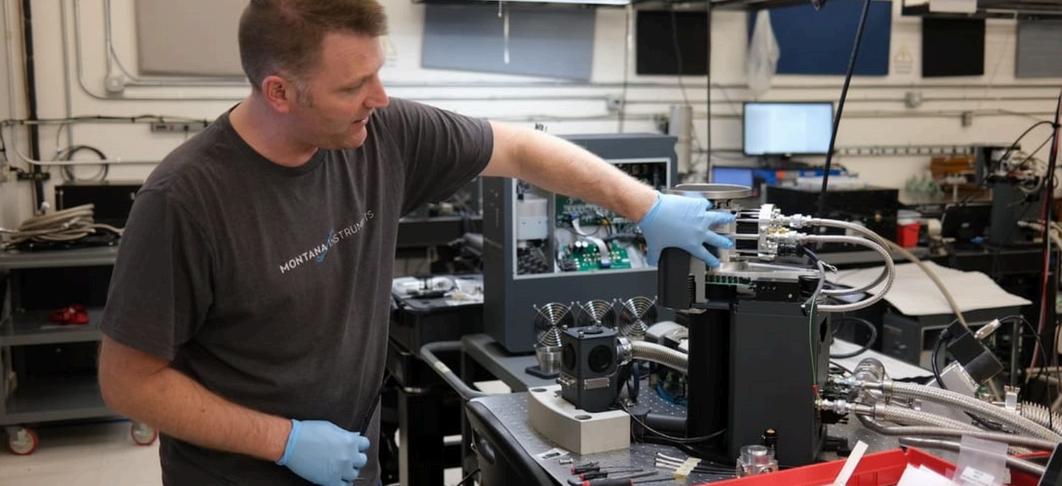
As an industrial partner in QISENET, Montana Instruments is helping to support the research being conducted by Montana State University doctoral student Aaron Marsh and physics professors Dr. Rufus Cone and Dr. Charlies Thiel. The Cone-Thiel Rare-Earth Spectroscopy Group studies the properties of rare-earth doped crystals at liquid helium temperatures for classical signal processing, luminescence applications, quantum transducers, and quantum memories.
A key focus of Aaron’s work is the characterisation, modelling, and control of the decoherence mechanisms intrinsic to the materials that corrupt stored quantum information, including both the nano-scale processes within the solid-state environment as well as the macroscopic disturbances in the external environment. Across a wide range of rare-earth doped materials, temperatures below approximately 2 K can dramatically suppress phonon-mediated decoherence processes, so the work requires the use of cryostats designed for these regimes.
Montana Instruments is supporting Aaron’s research by providing the use of our recently developed Cryostation® xp100 system that is capable of reaching temperatures below 1.7K.
The QISE-NET collaboration will help Aaron and Montana State accelerate their discovery of novel materials for quantum applications. Their use-case will also provide feedback for improving the design of closed-cycle cryogenic systems for the rest of the QIS research community.
With further work on the algorithms, this technique shows much promise. It is an obvious advantage to use a drone to inspect PV modules on a solar farm during daylight hours
Investigations of QIS materials, including rare-earth materials, can be challenging due to the sensitive nature of the measurements. Ideally, the cryogenic system would introduce no additional perturbing effects to the sample being measured beyond the intrinsic properties Closed-cycle cryostats must account for not only temperature offsets and cooling issues caused by poor thermal conduction out of the sample, but also sample mounting stresses and stray magnetic fields
For rare-earth doped materials, whose ultra-sensitive decoherence and optical properties grow exponentially more sensitive with lower temperature, differentiating between material properties and artifacts introduced by the cryogenic system poses a significant challenge. Materials that possess wellknown properties provide a means to readily observe the effects of the cryostat on the sample through decoherence and spectroscopy measurements, effectively packaging a suite of non-contact, all-optical sensors directly within the apparatus.
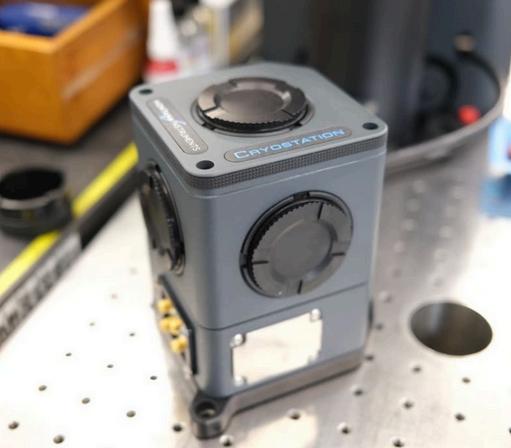
Through probing the optical properties, spin dynamics, and decoherence phenomena of these materials, a clear picture of the atomic-scale rare-earth environment was constructed, uncovering several potential pitfalls and their solutions when working with closed-cycle cryostats.
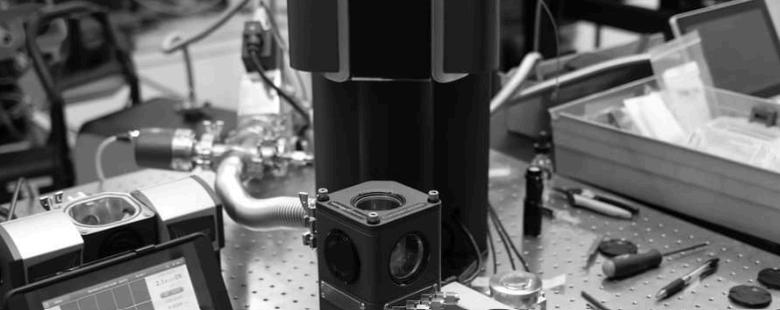
In his research project, Aaron selected two rare-earth crystals used in quantum memories for characterising the effects of the cryogenic system on the samples: thulium-doped yttrium gallium garnet (Tm3+:YGG) and erbium-doped yttrium orthosilicate (Er3+:YSO).
Zeeman Laser Spectroscopy of Er3+:YSO, mounted between permanent NFeB bar magnets, demonstrated a flexible way to resolve small changes in temperature, observe misalignment between applied magnetic fields and sample axes, and investigate the effects of heavy thermal loads on cryostat performance, using only basic absorption techniques
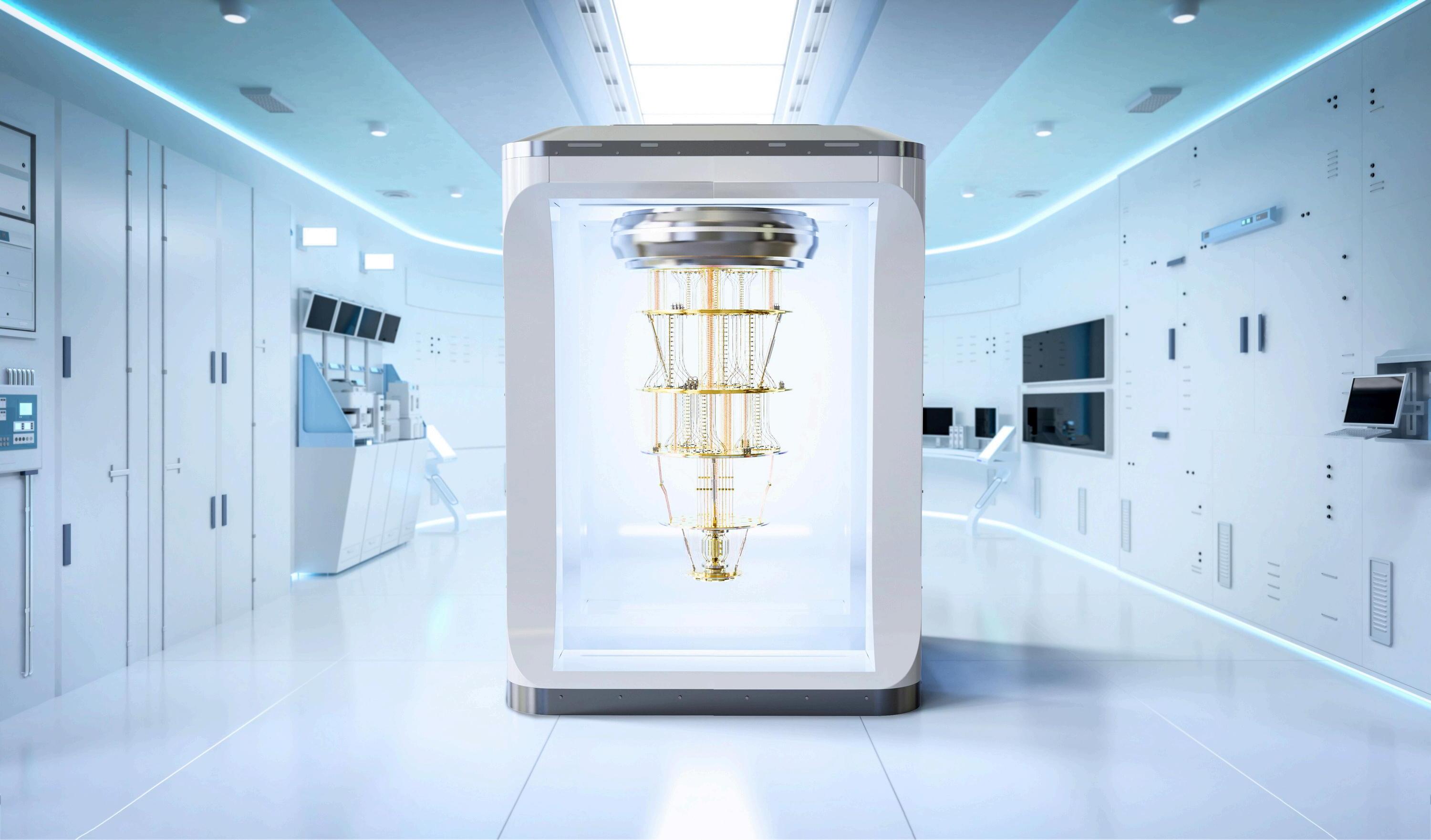
A wide variety of effects were easily detected in the decoherence and optical properties of these rare-earth doped crystals, highlighting the simplicity and effectiveness of not only the sensing method, but the cryostat as well. The Cryostation® s50 reached a temperature of 1.6K and possessed sufficient cooling power to handle thermally massive integrations, such as permanent bar magnets, with minimal effect on base temperature.
By employing techniques that optimised thermal conduction, lowstress mounting, and magnetic field control within the closed-cycle cryostat, Aaron was able to replicate the dependency measurements of decoherence on temperature reported in literature that had previously been completed in classic, open-loop, helium bath cryostats.


By bringing together the expertise of the Cone-Thiel Spectroscopy Group in rareearth properties and Montana Instruments in cryogenic hardware engineering, the QISE-NET collaboration helped to inform the design of QIS-grade cryogenic research platforms by enabling sensitive characterisation of the cryogenic system. The work also has potential benefits for the broader field of QIS by demonstrating the power and flexibility of rare-earth doped materials as a high-resolution sensor suite that can be integrated into a wide range of cryogenic systems.
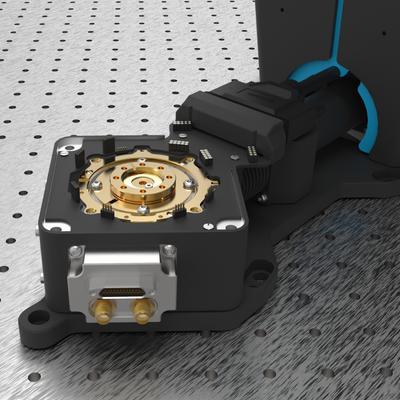
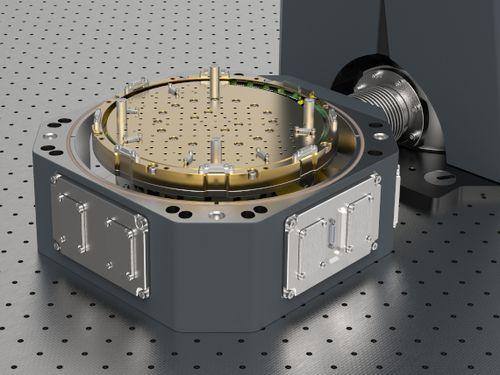
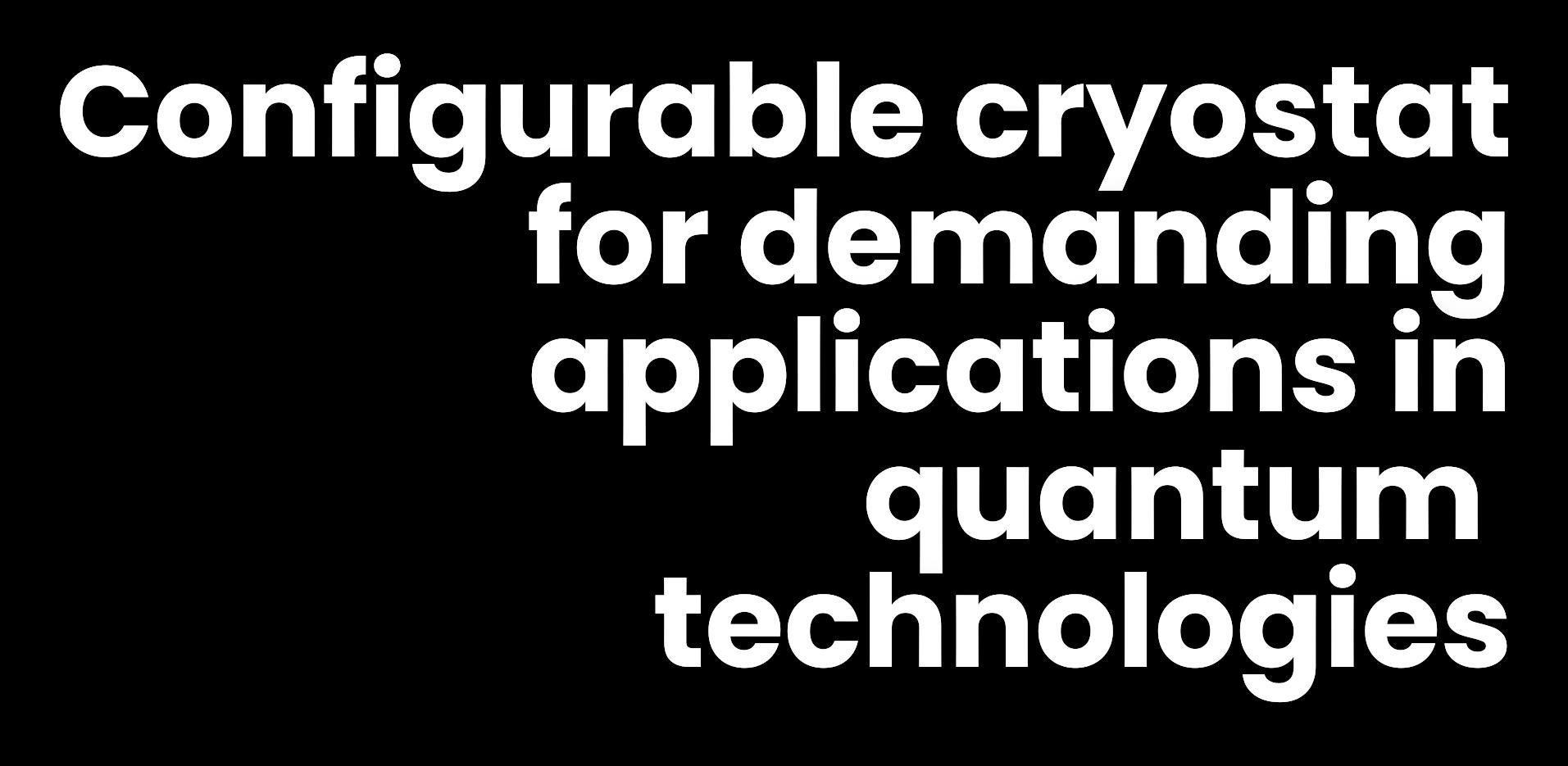
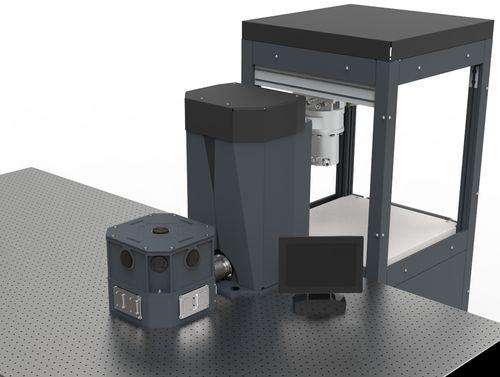
>250mWCoolingat4.2Kelvin
Foropticalapplicationsutilisinghigh electricalchannelcount(RF&DC)and ultra-lowtemperatures
Lowtemperatureandvibrations
Opticalcryostatusesapulsetube cryocoolerandMontanaInstruments highstabilityandlowvibration technology
THE NEW CRYOSTAT THAT PROVIDES UNPARALLELED COOLING AND ULTRA STABLE OPERATION
cryogenicsworkhorse
High cooling capacity with large sample space
Cryogen-free/closed-cycle Avoidexpense,hassle,andsupply challengeswithliquidhelium
Turn-keyEquipmentSolution Systemincludesallcomponentsto getusersupandrunningfaster Pushbuttoncooling
Simplyinputthetargettemperature andpressCOOLDOWN ExternalControl
GalaxySoftwareutilisesintuitive,flexible
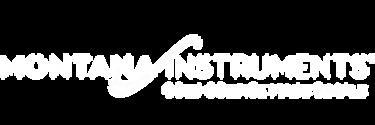
Read the first magazine about all things Quantum in the first edition of this magazine. Explore compelling case studies, insightful interviews, and valuable information as we embrace the future of quantumtechnology
READEDITION1NOW
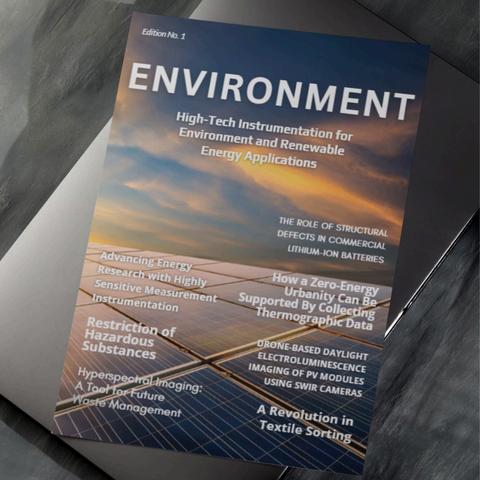
02
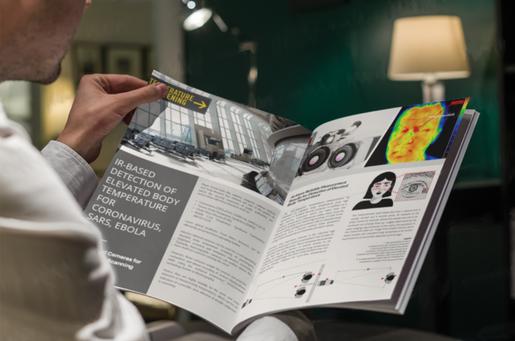

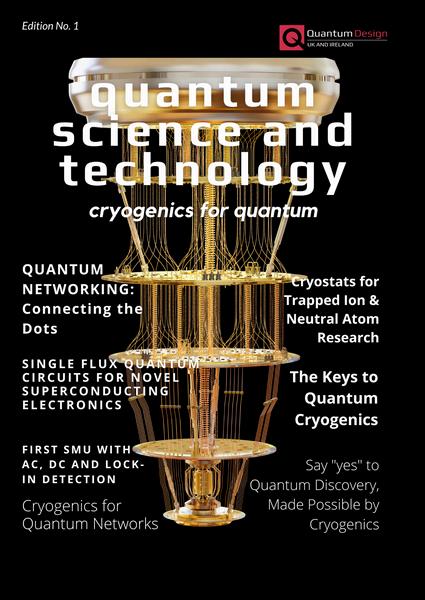
QDUKI offers solutions to advance research with highly sensitive measurement instrumentation to help researchersmeettheambitioustargets set for all aspects of environmental concerns, including recycling, emissions reduction, species abundanceandwaterhealth
READEDITION1NOW
QuantumDesignUKandIrelandpresent the second edition of their Imaging Cameras magazine. Packed with case studies,applications,newproductsand solutionstoyourscientificchallenges.
READEDITION2 NOW

Montana Instruments founded in 2,500 sq. ft. garage as a Montana corporation.
First Cryostation® ships to the University of California (Merced) for the study of interaction mechanisms between quantum structures.
We innovate so that scientists can move faster toward discovery. We serve each other because that is how we best serve the customer. When we serve our customers well, delighting them with a superb customer experience, we gain the privilege of expanding our influence and impact.”

First Magneto-Optic that integrates a magnetic field into the cryogenic sample chamber ships.
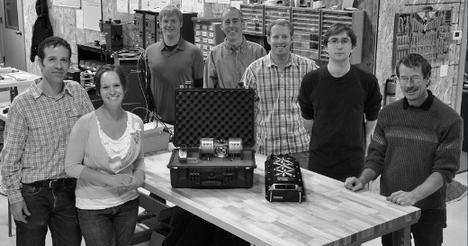
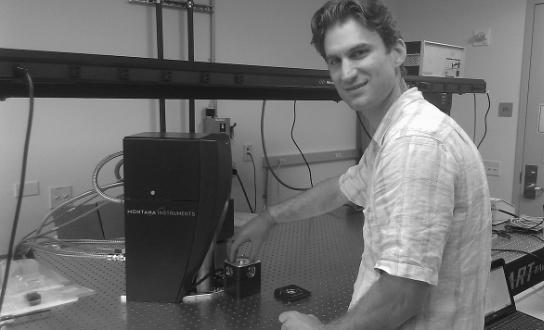
First NanoScale with 200 millimeter cryogenic optical breadboard platform ships.
Cryo-Optic® technology enabling ultrastable high NA optical applications at low temperatures launches.
First Agile Temperature Sample Mount (ATSM) allows rapid temperature cycling from 3 K to 350 K in less than 10 minutes
First Cryostation® s100 with DC and RF plug-and-play capability ships.
The White House invites Montana Instruments leadership to QIS Leadership Summit.
The White House invites Montana Instruments leadership to QIS Leadership Summit.
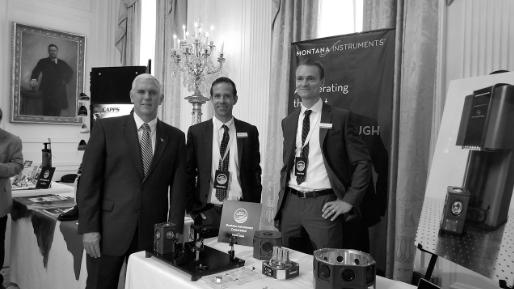
Montana Instruments becomes a founding member of the Quantum Economic Development Consortium (QED-C).
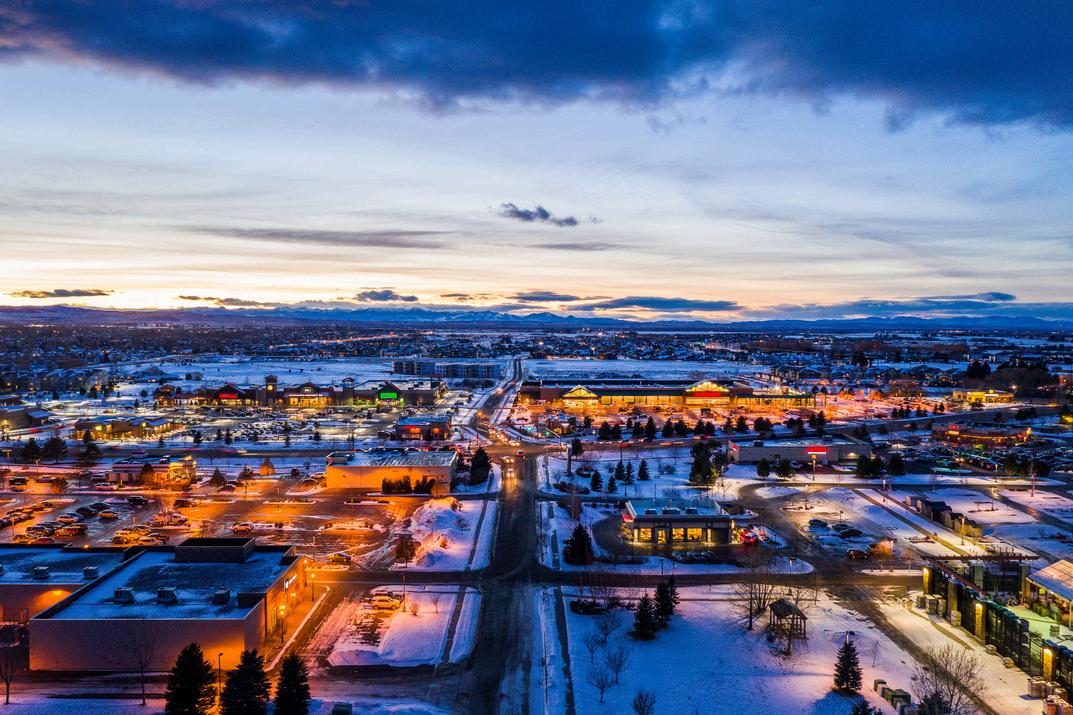

Montana Instruments becomes founding member of National Q-12 Education Partnership to expand access to K-12 quantum information science (QIS) education.
Luke Mauritsen appointed to the National Quantum Literacy Advisory Board.
Swedish company Atlas Copco acquires Montana Instruments.
As this adventure continues to be all about people, we’ll not lose our motivation. When the dust finally settles, I hope we'll look back and see that we impacted people for good
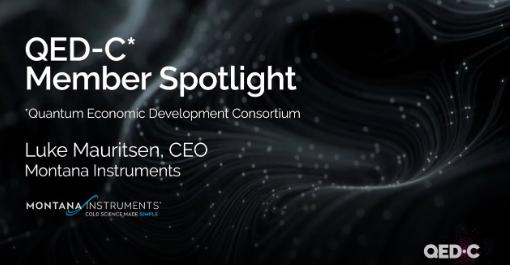
Luke Mauritsen appointed to National Quantum Initiative Advisory Council to the White House.
with the time we were given, and we'll say, ‘It was more than worth it



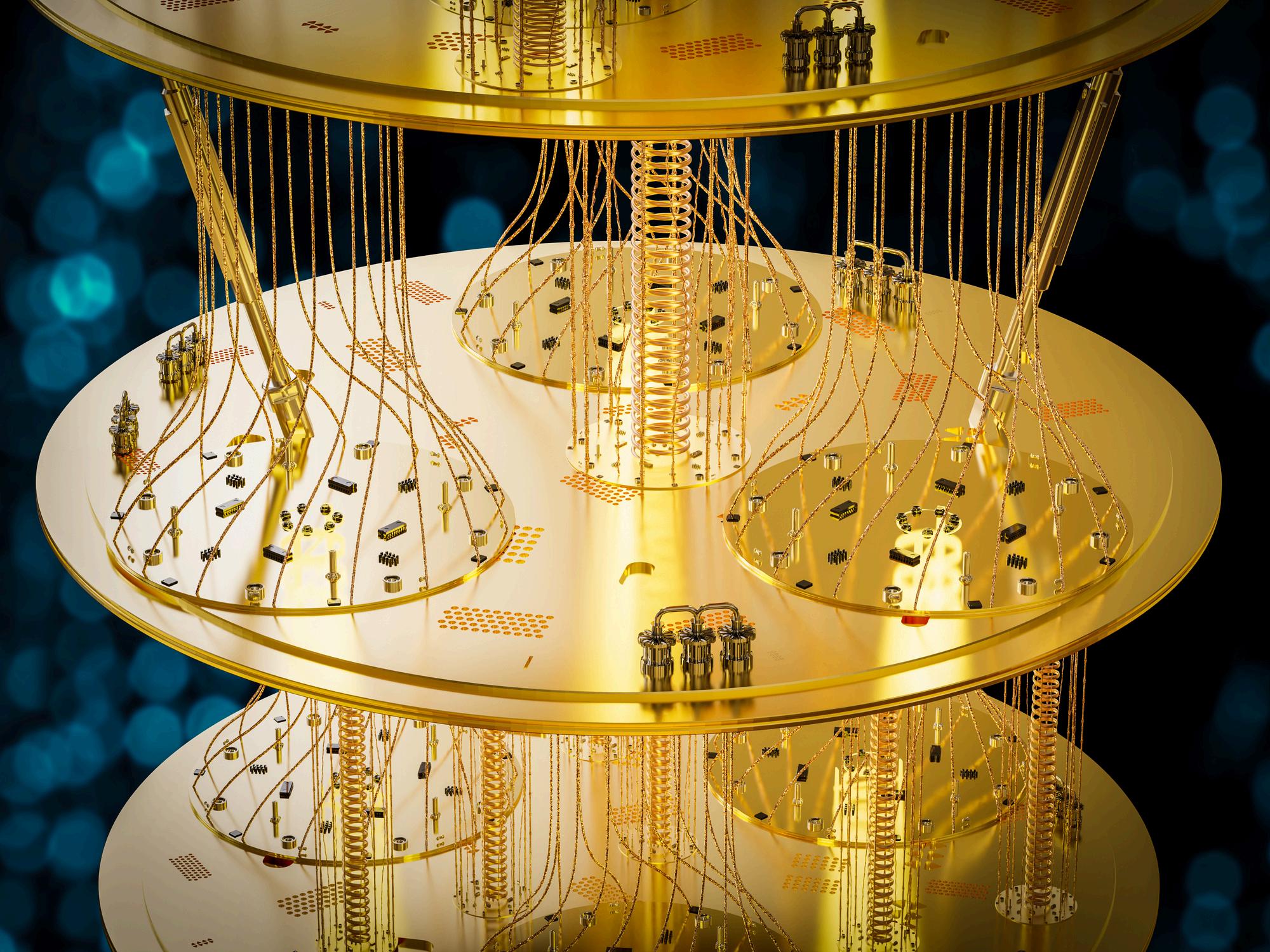
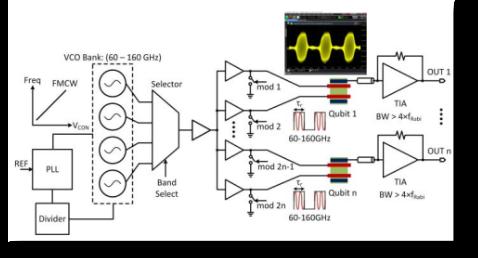
Anapproachisproposedtorealiselargescale,“high-temperature”andhigh-fidelity quantum computing integrated circuits based on single- and multiplecoupled quantum-dotelectron-andhole-spinqubitsmonolithicallyintegratedwiththemmwavespinmanipulationandreadoutcircuitryinacommercialCMOStechnology.
Measurements of minimum-size 6 nm × 20 nm × 80 nm Si-channel n-MOSFETs (electron-spinqubit),SiGe-channelp-MOSFETs(hole-spinqubit),anddoublequantumdotcomplementaryqubitsrevealstrongquantumeffectsinthesubthresholdregion at2K,characteristicofresonanttunnelinginaquantumdot
S-parameter measurements of a transimpedance amplifier (TIA) for spin readout showanimprovedperformancefrom300Kto2K Finally,thequbit-with-TIAcircuit has 50-Ω output impedance and 78-dB transimpedance gain with a unity-gain bandwidthof70GHzandconsumes3.1mW.
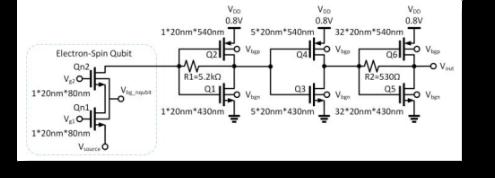
Proposed monolithic quantum processor
Schematics of the electron-spin qubit with TIA circuit
1×20nm×80nm measured vs simulated transfer characteristics at 2 K for assumed conduction/valence band profile and effective mass shown in the inset for the (a) n-MOSFET and (b) pMOSFET.
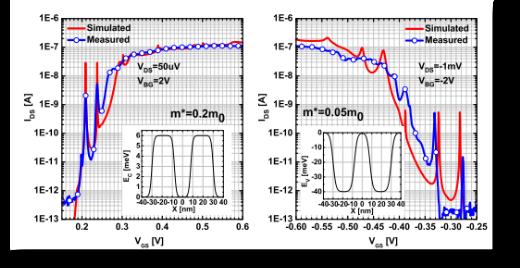

On-die dc and Sparameter measurements were carried out at 300 K and at 2 K with a Lake Shore CPX VLT system

Measured doubleQD transfer characteristics vs. VDS at VBG = ±0.5 V and 2 K for (a) ndouble-QD and (b) p- double-QD
This paper demonstrates that monolithic integration of qubits and high-fidelity readout circuitry is possible at 2 K in production 22nm FDSOI CMOS technology. Higher temperature operation will be possible if the transistor minimum feature size continues to be scaled. The p-type SiGe quantum dot qubits exhibit a ∆V of 55 mV, twice larger than that of the n-type Si qubits, indicating higher energy level separation. A large ∆ V simplifies spin control electronics and is desirable for high-fidelity, high- ƒ quantum processors suitable for higher temperature operation.
Rabi
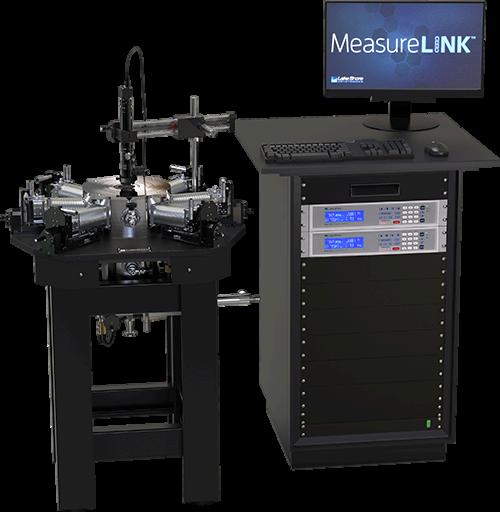
E A T U R E S
Numerousoptionsand configurationsavailable
Multipleradiationshieldsforbest low-temperatureperformance Minimisesamplecondensation duringcool-down
Customisableforsampletransfer withnoexposuretoatmosphere
Customisabletoaccommodatea 4inwafer

Extends minimum sample temperature of the CPX probe station to 1.6 K base temperature by lowering the pressure inside the sample stage heatexchanger.
PS-VLT-CPX includes a rotary vane pump with oil mist eliminator and all connections tothestation.
Modified sample stage is optimisedforcooling25.4mm (1 in) samples with modified radiationshielding. Includes grounded sample holder additional sample holders for the VLT operation sold separately.
3-phase 208 V 50/60 Hz operation.

“
At Quantum Design UK and Ireland, we’re passionate about providing high-tech scientific instrumentation to researchers, universities, and industries across the UK and Ireland.
Based in Leatherhead, Surrey, we’re a small but dedicated team, bringing deep expertise and a personal touch to everything we do.
We specialise in materials characterisation, cryogenics, non-destructive testing, imaging cameras, microscopy, and spectroscopy. But more than just supplying instruments, we work closely with our customers to understand their unique research challenges and help them find the best solutions.
What sets us apart? We’re knowledgeable, approachable, and always happy to help Our Sales and Service departments are second-tonone, offering expert support, training, and advice to make sure our customers get the most out of their equipment.
At Quantum Design UK and Ireland, we take pride in being more than just a supplier we’re a trusted partner in scientific discovery ”

David Want Managing Director Quantum Design UK and Ireland

For more than 40 years Quantum Design (QD) has been providing technology solutions to researchers in the fields of physics, chemistry, biotechnology, materials science, and nanotechnology.
Established in 1982 in San Diego, California, Quantum Design is the leading commercial source for automated materials characterisation systems offering a variety of measurement capabilities
QD instruments are found in the world’s leading research institutions and have become the reference standard for a variety of magnetic and physical property measurements
Quantum Design instruments are cited in, and provide the data for, more scientific publications than any other instrument in the fields of magnetics and materials characterisation.
An essential part of providing scientific solutions to researchers around the globe is to also offer state-of-the-art instruments from other leading manufacturers
These manufacturers are chosen by QD not only for their innovative products, but also because they believe in the same level of customer satisfaction and support that scientists have come to expect from QD products worldwide

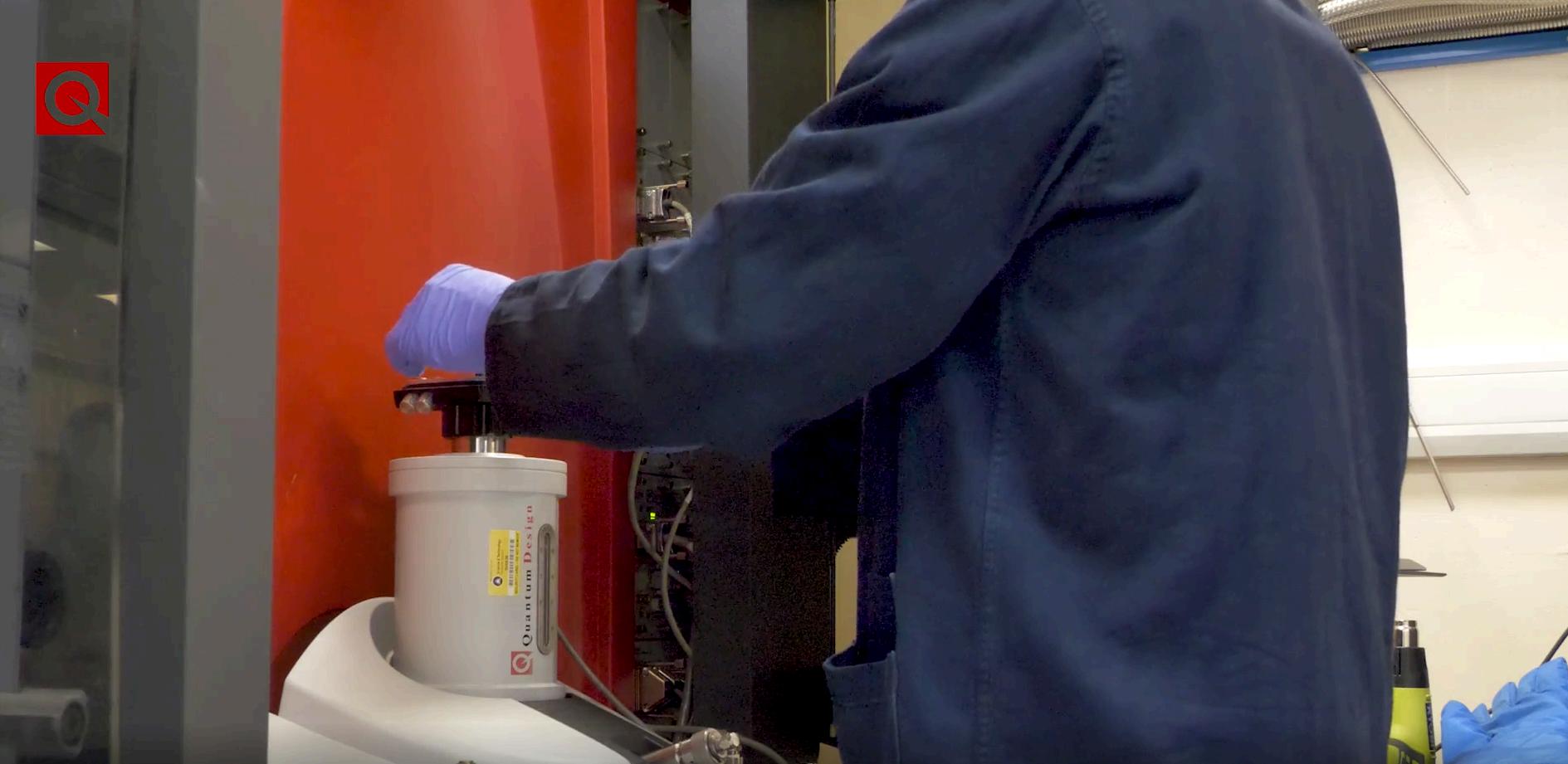


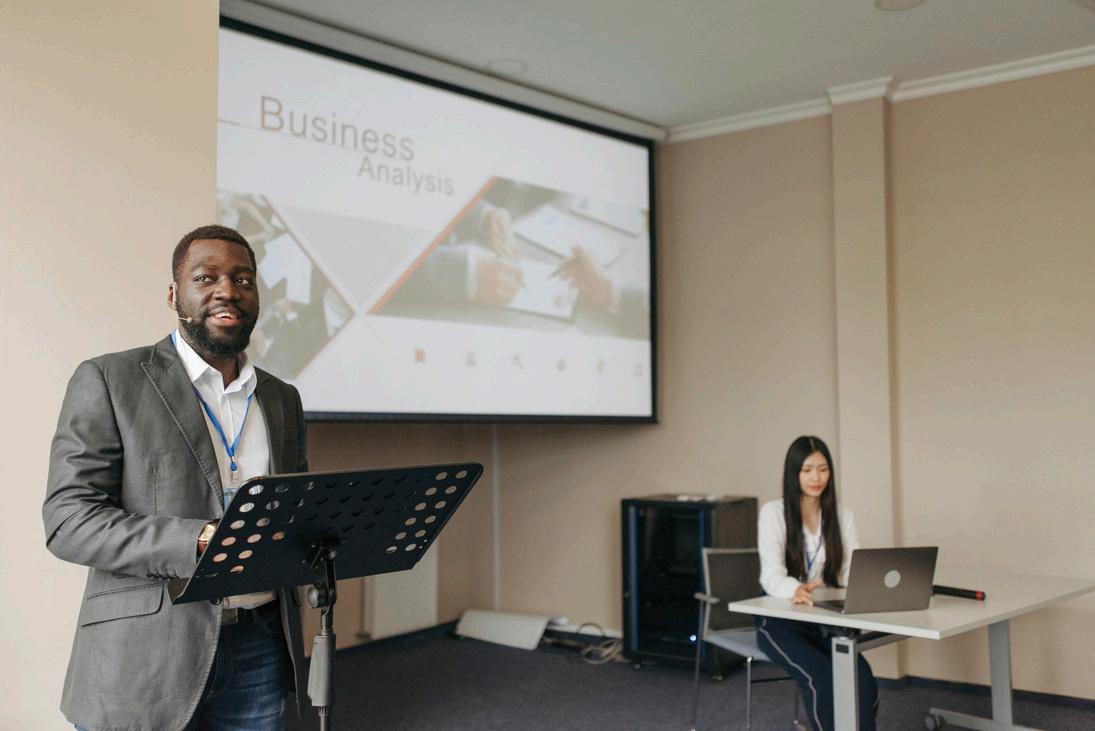


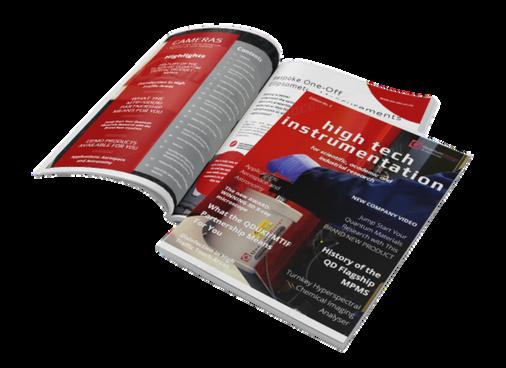



Quantum Applications
Cryogenics Range
Quantum Articles
